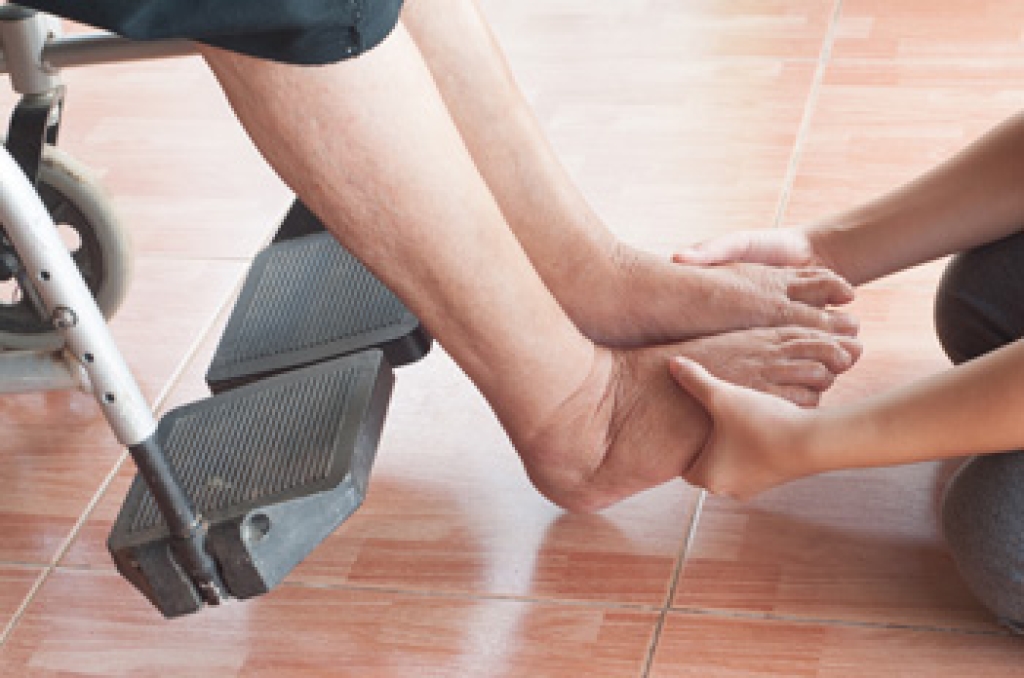 Heel pain is frequently seen by a chiropodist. There are several potential causes of heel pain. The most common cause is plantar fasciitis, an inflammation of the ligament that runs along the bottom of the foot and connects the heel bone to the toes. When this ligament is injured, usually due to overuse, it can cause heel and arch pain. Pain at the back of the heel may be caused by Achilles tendonitis. Other symptoms of this condition include ankle and calf swelling, tenderness, and stiffness. Other potential causes of heel pain include bone spurs, stress fractures, bursitis, Sever’s disease, and tarsal tunnel syndrome. If you are experiencing heel pain, please seek the care of a chiropodist.
Heel pain is frequently seen by a chiropodist. There are several potential causes of heel pain. The most common cause is plantar fasciitis, an inflammation of the ligament that runs along the bottom of the foot and connects the heel bone to the toes. When this ligament is injured, usually due to overuse, it can cause heel and arch pain. Pain at the back of the heel may be caused by Achilles tendonitis. Other symptoms of this condition include ankle and calf swelling, tenderness, and stiffness. Other potential causes of heel pain include bone spurs, stress fractures, bursitis, Sever’s disease, and tarsal tunnel syndrome. If you are experiencing heel pain, please seek the care of a chiropodist.
Heel pain is a common problem that can be caused by a variety of injuries, medical conditions, and other factors. If you suffer from heel pain, please consult with one of our chiropodists from West Toronto Foot & Ankle Clinic Inc. . Our chiropodist can help you maintain the health of your lower limbs and your mobility.
When it comes to heel pain, the exact location and type of pain are important to note. Some of the conditions that may cause heel pain include:
- Plantar fasciitis - An inflammation of the ligament that runs along the bottom of the foot; it causes a stabbing pain under the heel that is at its worst when taking your first few steps after a long rest and while standing on your tiptoes or climbing stairs
- Achilles tendonitis - An inflammation of the tendon in the back of the calf; it causes pain in the back of the heel that is at its worst after resting, as well as ankle and calf stiffness, swelling, and tenderness
- Bone spurs - Bony lumps on the back of the heel bones that cause sharp pain upon first standing up; the pain becomes dull and achy over time
- Heel fractures - A break or crack in the heel bone that causes pain, swelling, and difficulty walking
- Retrocalcaneal bursitis - Swelling of the small, fluid-filled sac at the back of the heel bone; it causes pain, swelling, redness, and warmth in the back of the heel
- Tarsal tunnel syndrome - Compression of the posterior tibial nerve which causes a pins and needles sensation in the heel, foot, and calf
Your chiropodist will be able to diagnose the underlying cause of your pain and prescribe the right treatments for you. If you have any questions please feel free to contact our office located in Toronto, ON .



 Caring for our feet
Caring for our feet